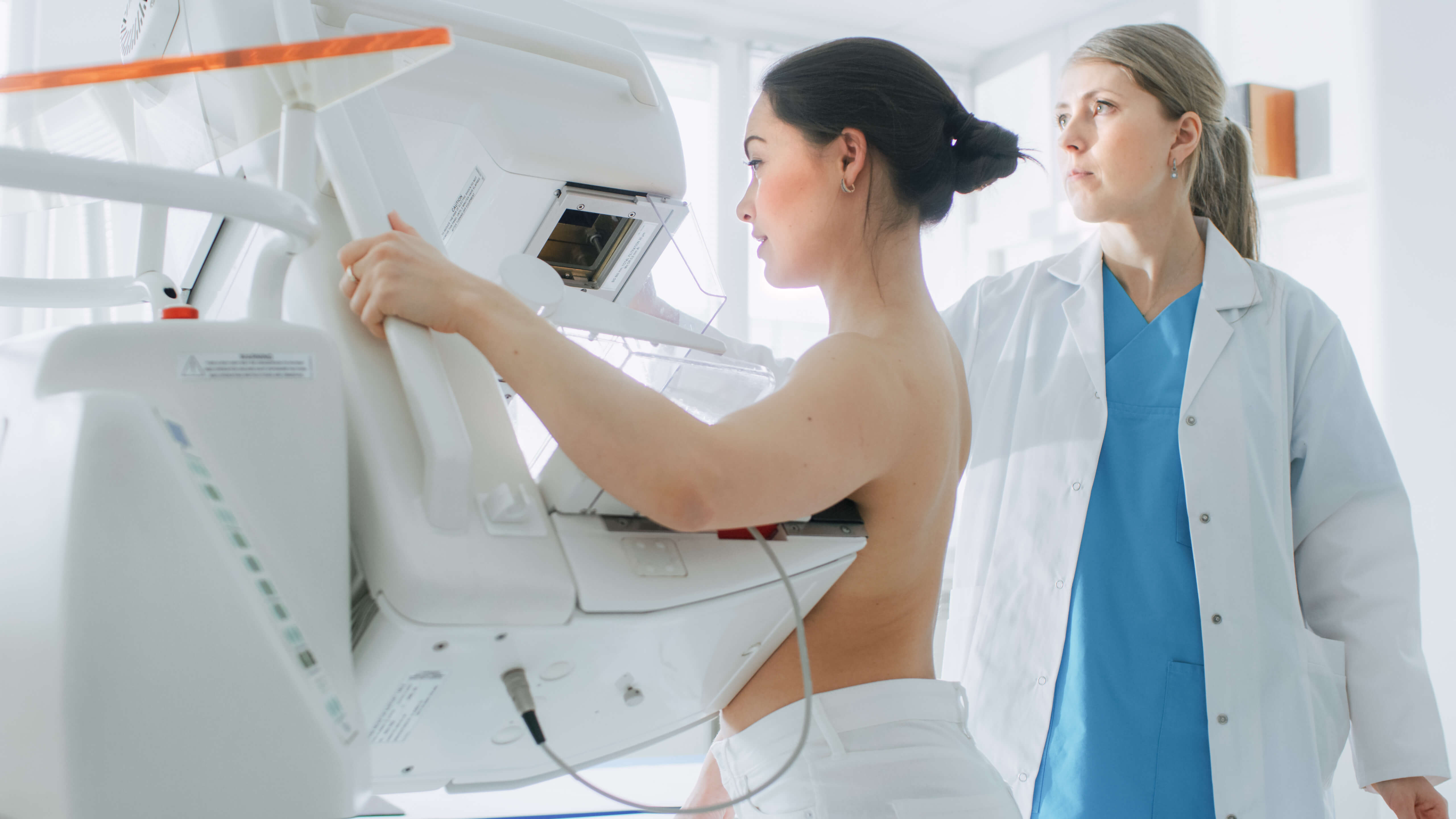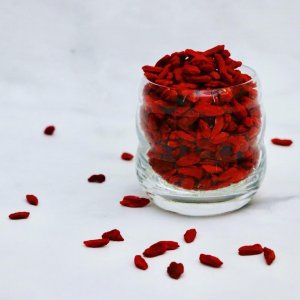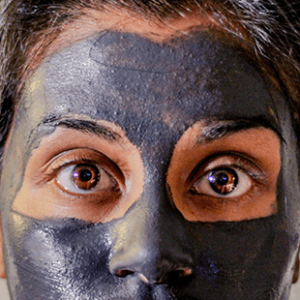Over the past decade there has been a huge swell in marketing efforts to raise awareness for breast cancer in the month of October. The month-long celebration comes with a hefty dose of pink to promote the cause. “Pinktober” has become so pervasive that everyone from the NFL, to major airline carriers, to food brands are on board to push the pink. But there are a growing number of people who avidly refute that promoting breast cancer awareness in this way is good for anyone’s health. Some contend that it is a malicious marketing ploy that takes advantage of scared women, lines the pockets of senior administration at charities, and doesn’t actually seek a cure for breast cancer. Here are some of the reasons to avoid Pinktober.
Where does the money come from?

Certainly we want to prevent and cure breast cancer. But when it comes breast cancer charity donations, monies may come from questionable sources and go to questionable programs.
First, there are almost no resources allocated to prevent environmental and dietary causes of breast cancer. For example, bisphenol A (BPA) is a common food packaging material, known to leech into foods, and is correlated with the growth of breast cancer. Fracking (a process of natural gas and petroleum extraction) is known to release carcinogenic materials. While the data is mixed, there are many studies that contend that ingestion of dairy products may lead to the onset of worsening of breast cancer. High sugar intake also increases the risk of breast cancer. Yet, some breast cancer charities accept very public donations from food manufacturers who use BPA, or produce dairy or foods with high levels of sugar. In a particularly controversial move, pink drill bits were used for fracking.
Where does the money go?

It is true that organizations give resources to underserved women and increase access to affordable mammograms. But there is some evidence that mammograms may overdiagnose breast cancer.
In one study, mammography over-diagnosed breast cancer (i.e. diagnosed cancer when it did not exist) 10% of the time in women aged 55-69 years old. False positives are even more likely to happen in younger women, in women with dense breasts, in women who receive annual screenings, and in first-round of screening. This leads to expensive, often painful and debilitating treatments that are simply unnecessary.
Even worse, another study demonstrated that mammography did not reduce the risk of breast cancer death in women aged 40-49 years old. This has lead some to question if breast cancer screening is worth the effort.
Charities have also come under fire for cushy salaries for leadership.
What about the emotional turmoil?

Some blogs highlight the struggles of breast cancer survivors during National Breast Cancer Awareness Month. There are many survivors who find that an entire month dedicated to pinkwashing the issue of breast cancer brings up painful memories of emotional and trying treatments that some liken to post traumatic stress disorder. Pinkwashing also alienates men afflicted by breast cancer.
Also, given all of the focus on breast cancer awareness, people diagnosed with other types of cancer may suffer from lack of support from friends and family.
All in all, Pinktober isn’t for me

Given the concerns with conflict of interests between breast cancer charities and corporation, lack of focus on prevention, the over-focus on diagnosis and treatment, and the emotional stress, I choose not to support Pinktober.
What about you? Comment below and let me know your thoughts about Pinktober.
Worried about some of the hormonal issues of aging? Come check out this post on natural remedies for menopause.










